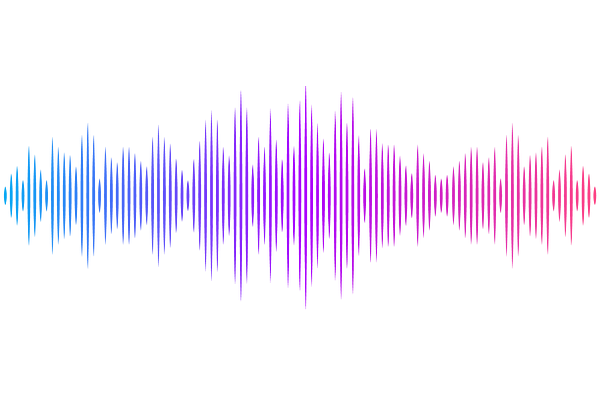Tunable bicontinuous macroporous cell culture scaffolds via kinetically controlled phase separation

Tunable bicontinuous macroporous cell culture scaffolds via kinetically controlled phase separation
Dudaryeva, O. Y.; Cousin, L.; Krajnovic, L.; Groebli, G.; Sapkota, V.; Ritter, L.; Deshmukh, D.; Style, R. W.; Levato, R.; Labouesse, C.; Tibbitt, M. W.
AbstractThree-dimensional (3D) scaffolds enable biological investigations with a more natural cell conformation. However, the porosity of synthetic hydrogels is often limited to the nanometer scale, which confines the movement of 3D encapsulated cells and restricts dynamic cell processes. Precise control of hydrogel porosity across length scales remains a challenge and the development of porous materials that allow cell infiltration, spreading, and migration in a manner more similar to natural ECM environments is desirable. Here, we present a straightforward and reliable method for generating kinetically-controlled macroporous systems using liquid-liquid phase separation between poly(ethylene glycol) (PEG) and dextran. Photopolymerization-induced phase separation resulted in macroporous hydrogels with tunable pore size. Varying light intensity and hydrogel composition controlled polymerization kinetics, time to percolation, and complete gelation, which defined the average pore diameter (O = 1-300 m) and final gel stiffness of the formed hydrogels. Critically, for biological applications, macroporous hydrogels were prepared from aqueous polymer solutions at physiological pH and temperature using visible light, allowing for direct cell encapsulation. We encapsulated human dermal fibroblasts in a range of macroporous gels with different pore sizes. Porosity improved cell spreading with respect to bulk gels and allowed migration in the porous systems.